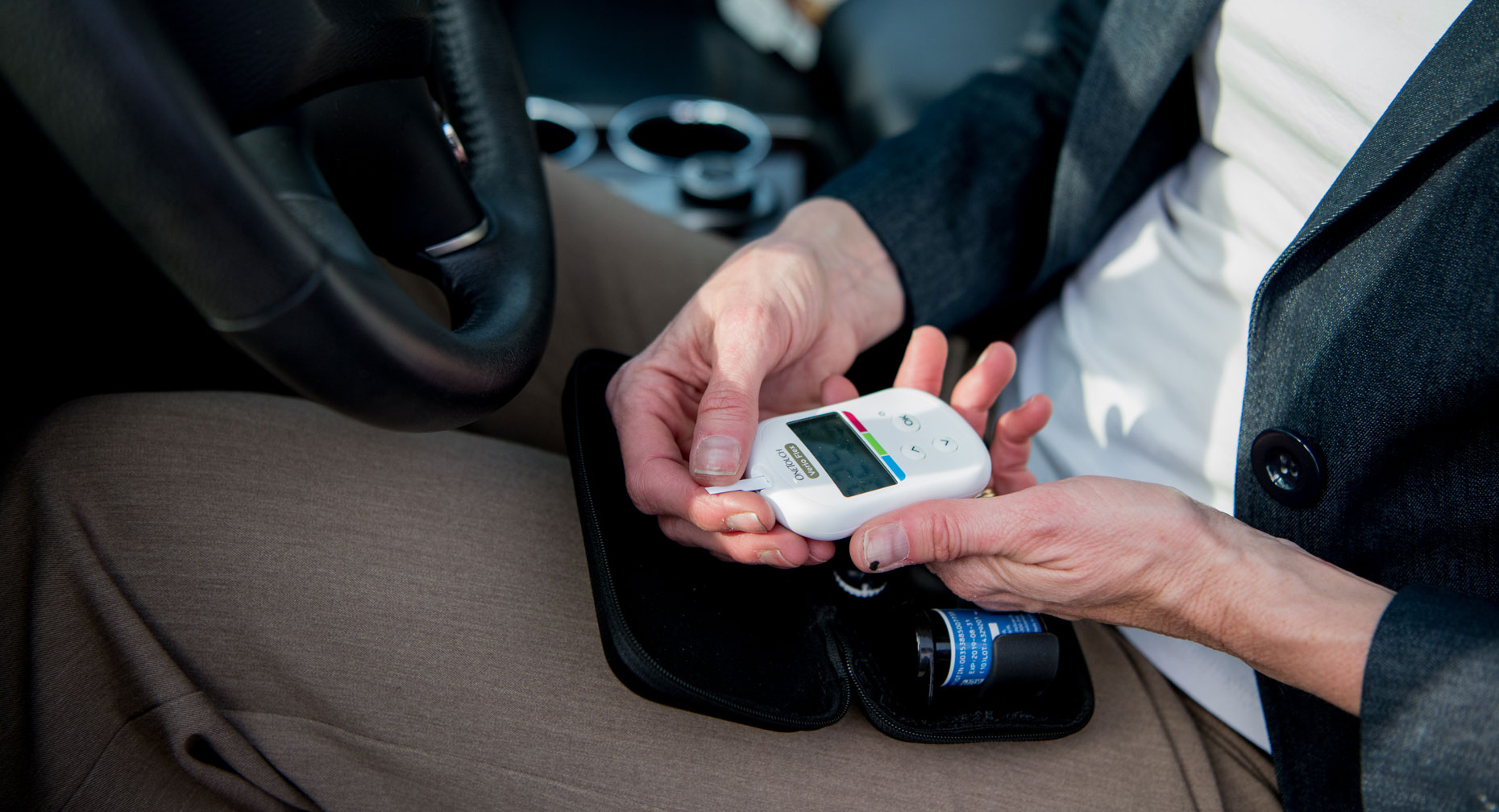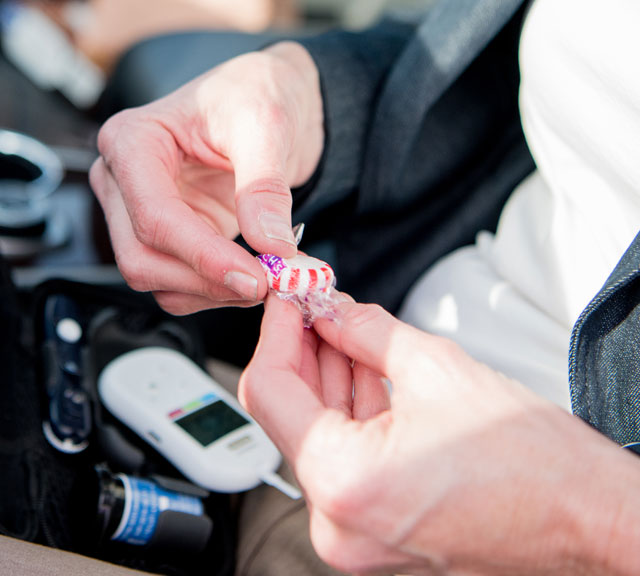Diabetes and Driving: What You Should Know

Find Your Perfect Match
Answer a few questions and we'll provide you with a list of primary care providers that best fit your needs.
Driving a car is a necessity for most of us. But diabetes can be a roadblock if it impairs your ability to drive safely.
While people with diabetes may be at greater risk for unsafe driving, simply having a diabetes diagnosis doesn’t mean you’re an unsafe driver. It all depends on your diabetes severity, symptoms, and how you manage the disease and its potential complications.
How Can Having Diabetes Impair Driving?
The American Diabetes Association (ADA) reports that most people with diabetes safely operate motor vehicles. However, if you struggle to manage your low blood glucose (hypoglycemia), you will be at increased risk for driving mishaps.
Low blood glucose can cause sleepiness, dizziness, confusion, loss of consciousness and even seizures. Driving when your blood glucose is low can be as dangerous as driving while drunk.
Additional diabetes complications can impair driving. These include vision issues and diabetic neuropathy — progressive nerve damage most often affecting the legs and feet. This can jeopardize foot pedal control. Changes in the management of your diabetes also can increase the risk of low blood sugar while driving. These includes changes in diabetes medication, exercise, meal times or food intake due to travel, illness and pregnancy.
Are Driving Restrictions Common with Diabetes?
Licensing rules and driving restrictions vary widely from state to state. Some impose special requirements for people with diabetes. In Ohio, visit www.ohio.gov to learn more. Consult your physician on your own unique driving risk and restrictions.
The ADA recommends individual assessment of a person's diabetes management by a physician—with particular emphasis on the patient’s demonstrated ability to detect and treat hypoglycemia.
Tips for Safe Driving with Diabetes

Follow the Boy Scout motto and “Be Prepared.” Keep the following in your car at all times and within arm’s reach: cell phone, blood glucose meter, snacks and fast-acting sugars like glucose tablets. Be sure to carry your blood sugar meter and testing supplies with you when driving, but don’t store them in your vehicle because they can be damaged by low and high temperatures.
A study recently published online in the journal Diabetes Care found that a car toolkit with these items helped people with diabetes avoid hypoglycemia while driving.
And ask your health care provider about blood glucose awareness training. Studies have shown that it reduces driving risks.
To keep you and those around you safe, follow these safe-driving tips:
- Check your blood glucose level before getting behind the wheel. Do not drive if it is below 70 mg/dl.
- Pull over as soon as you feel any signs of low blood glucose and check your level. If it’s low, eat a snack and/or consume a fast-acting sugar. Wait 15 minutes and check your level again.
- Once your blood glucose level has risen to your target range, eat a more substantial snack or meal containing protein. Do not continue driving until your blood glucose is above 70 mg/dl for at least 45 minutes.
- Stop to check your blood glucose at least every two hours (or as often as directed by your health care provider).
- Schedule an annual eye exam to ensure your vision is safe for driving.
If you are experiencing long-term complications of diabetes such as vision problems or nerve damage, or if you have had an amputation, your diabetes health care team can refer you to a driving specialist.
Always wear a medical I.D. bracelet or necklace that says you have diabetes, in case of emergency.
Find Your Perfect Match
Answer a few questions and we'll provide you with a list of primary care providers that best fit your needs.
Source: American Diabetes Association; National Highway Traffic Safety Administration




